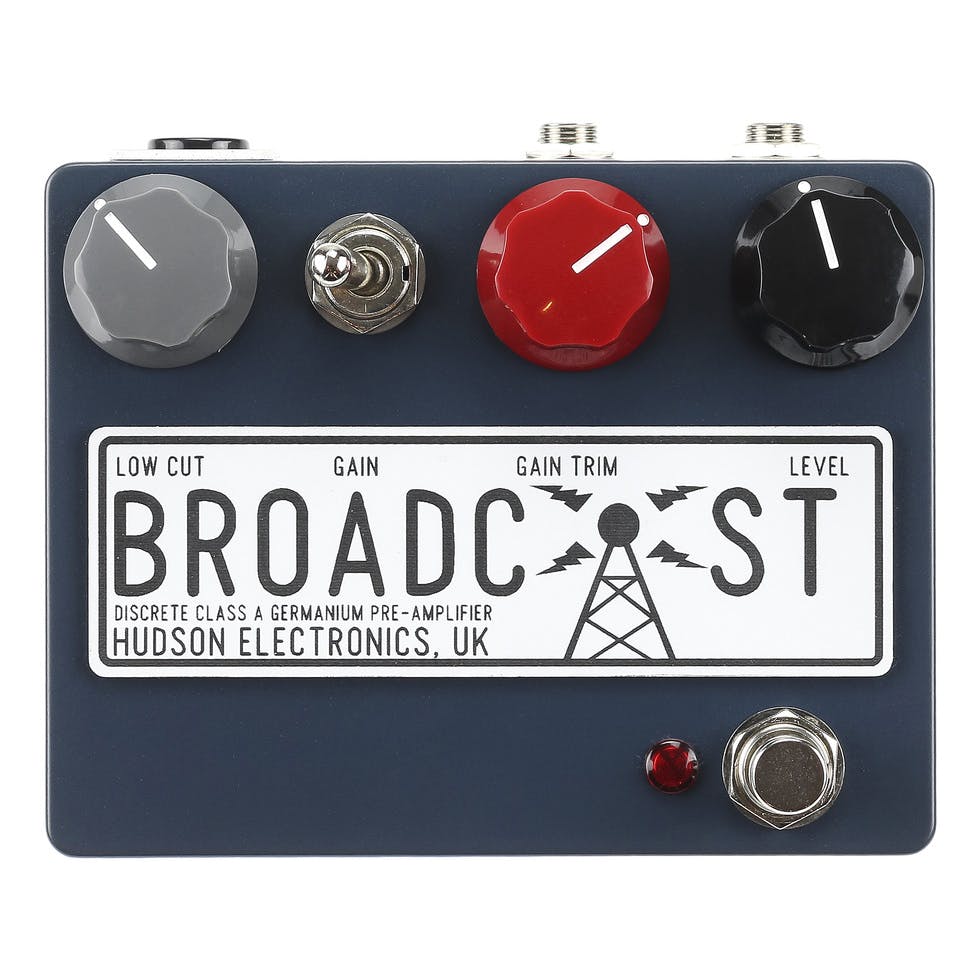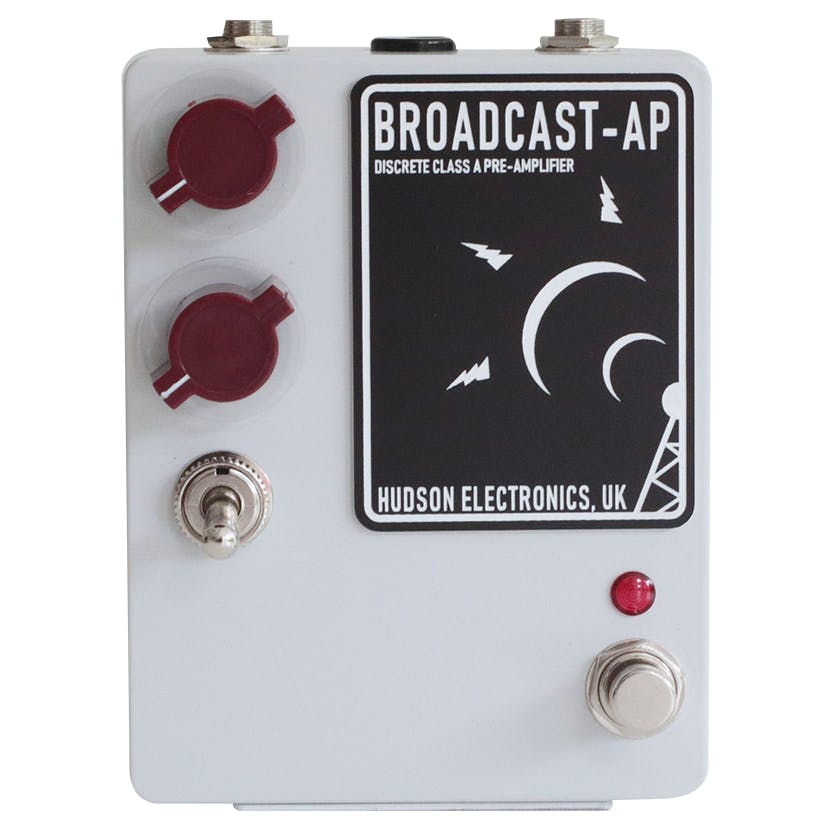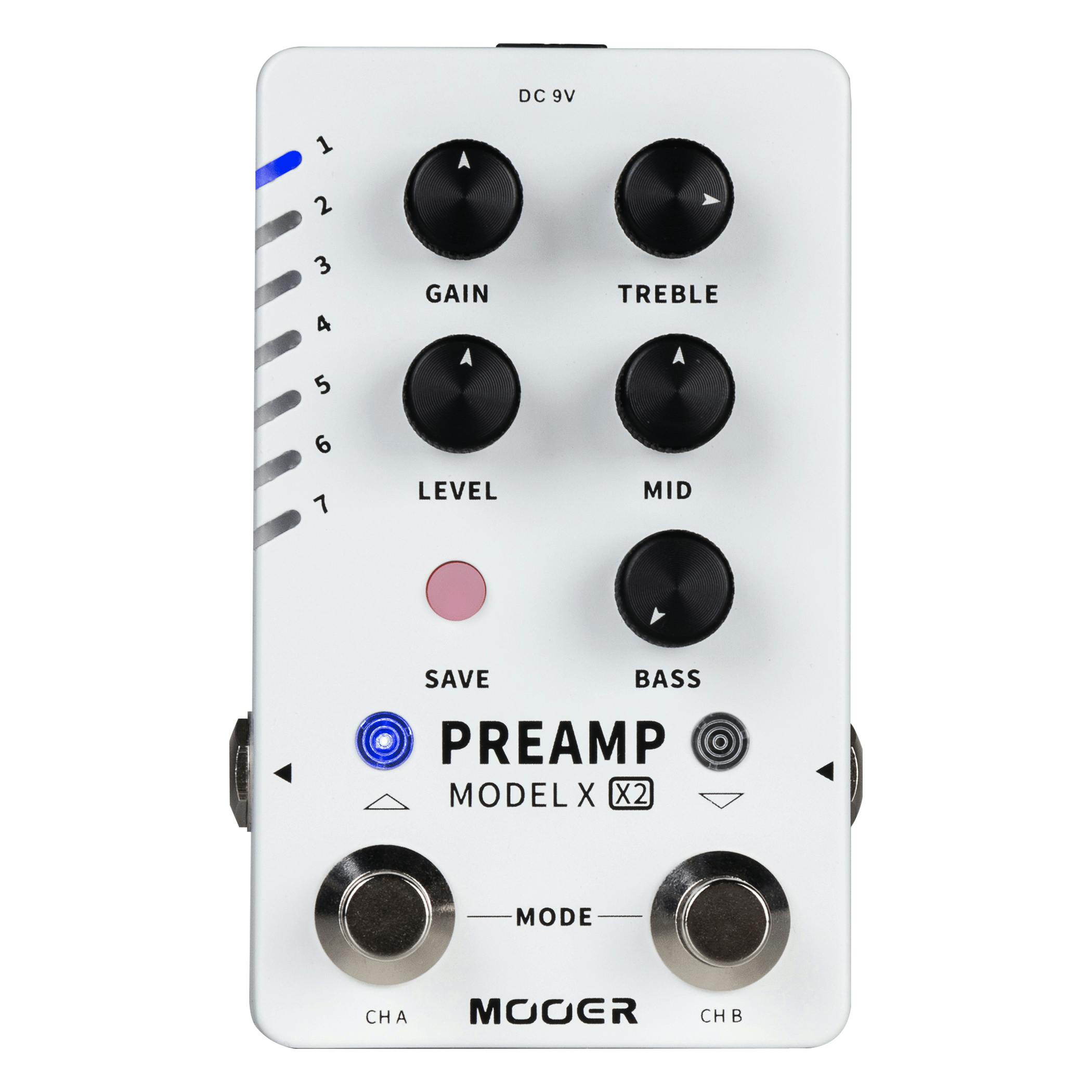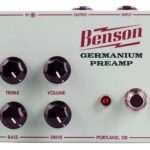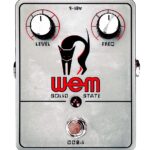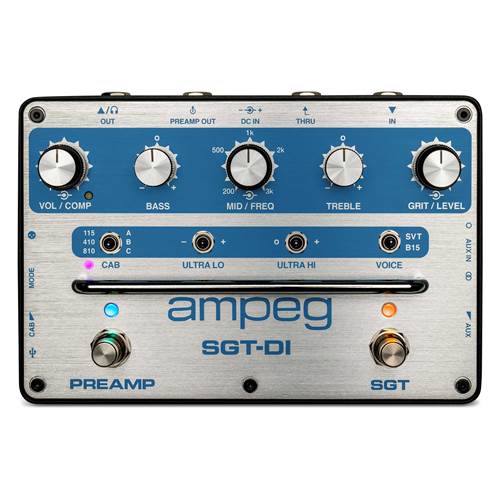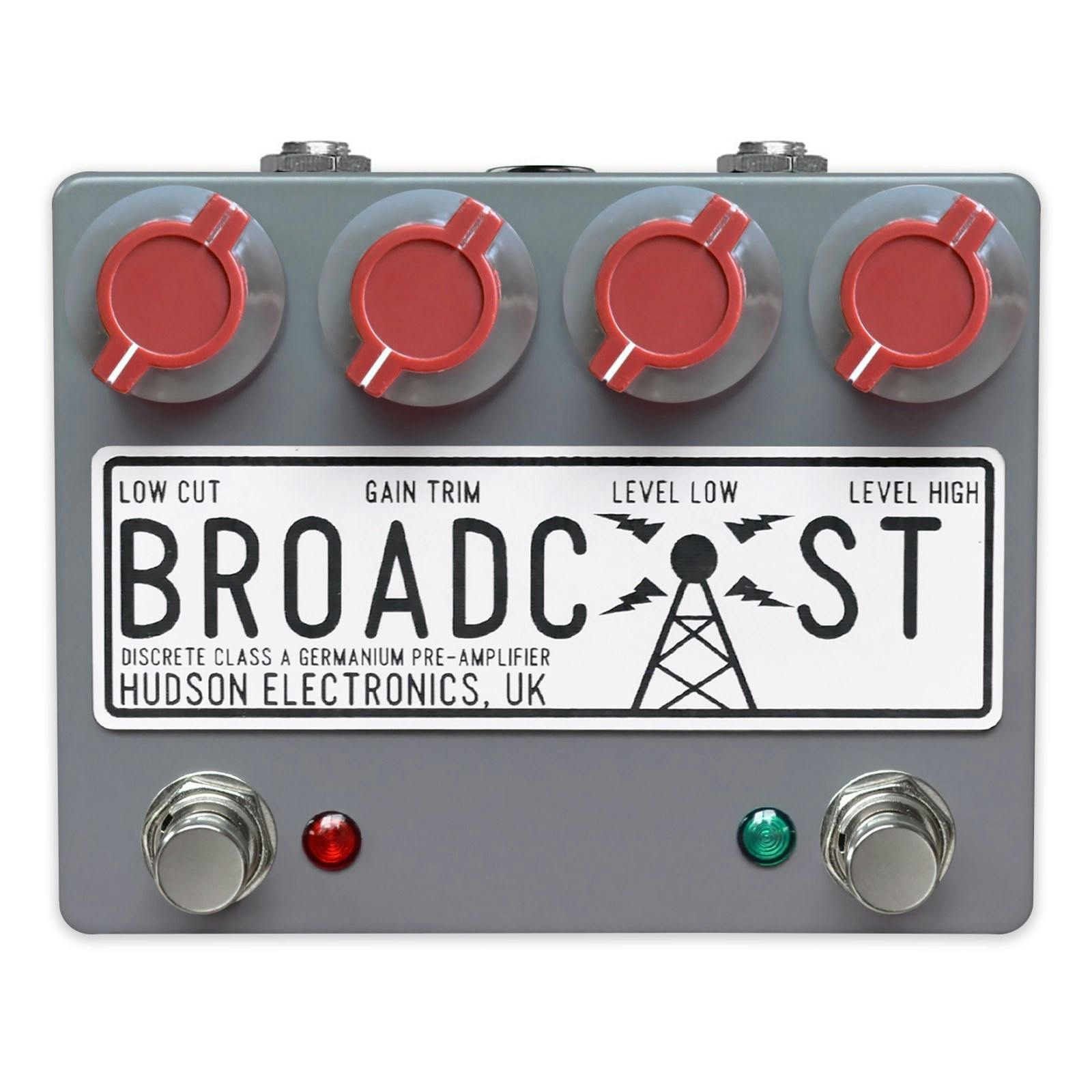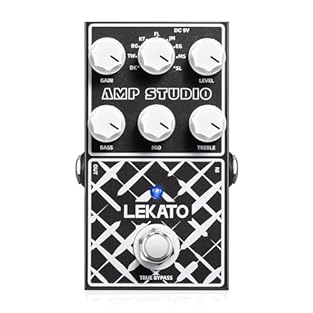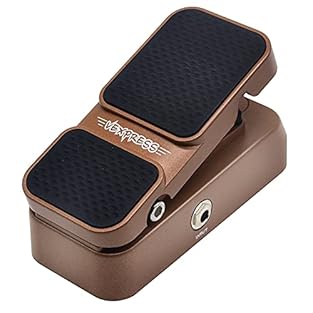Description
The Hudson Broadcast Germanium Preamp Pedal is back in stock. Delivered fresh to the door in time for Christmas, made by Hudson Electronics little helpers, arriving with all the warranties and all toppings included. This is just a great pedal from a great brand, its available and in stock. Pedal Preamp Germanium Broadcast Guitar Effect Pedal.
The Broadcast is a transformer coupled, discrete Class-A germanium pre-amplifier based on the classic broadcast consoles of the 1960s. In the low-gain setting, the Broadcast can cover everything from sparkling clean boost through to transparent overdrive, all with a healthy dose of volume available to push your amp. The Broadcast features a specially selected Triad steel-core transformer and a NOS germanium transistor. Advancing the gain on the Broadcast starts to saturate the transformer and the pedal’s discrete circuitry, giving rise to a gentle and dynamic compression coupled with subtle thickening of the midrange. With the gain switch in the high setting and the trim control wound up, the Broadcast starts to deliver heavier distorted sounds with a warm and fuzzy edge to them. The Broadcast covers a wide range of driven and distorted tones whilst remaining dynamic, responding well to pick attack and the subtle nuances of every player.
Features
- Hand selected NOS germanium and silicon transistors
- Specially chosen TRIAD Magnetics steel-core transformer
- Alpha potentiometers
- Neutrik jack sockets
- Heavy duty footswitch (wired for true bypass)
Specifications
LEVEL – Controls the overall volume of the pedal.
GAIN SWITCH – Selects low or high gain mode.
GAIN TRIM – Controls the gain level of the Broadcast. At higher settings the
high-end of the signal is gently rolled off.
LOW CUT – Attenuates the low-end of the Broadcast. Since this control lies
at the front end of the Broadcast’s circuitry, it is interactive with the gain
controls.
DC SOCKET – The Broadcast requires a DC power supply unit (PSU) and can run at voltages between 9v and 24v; running the Broadcast at 18v or 24v gives it more headroom, output level and clarity. This is great for use with bass or when using the Broadcast as a clean pre-amp boost.
. Available from Just Pedals for only £159.99 + delivery. Read More for details, demos & to order securely online.

